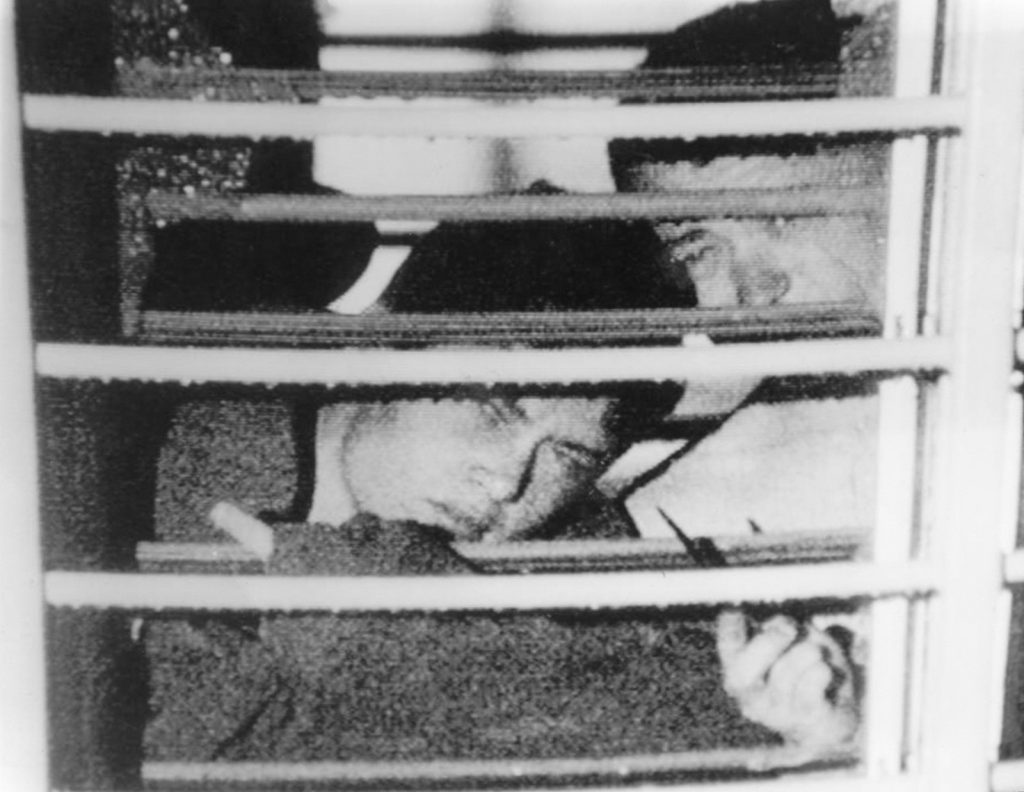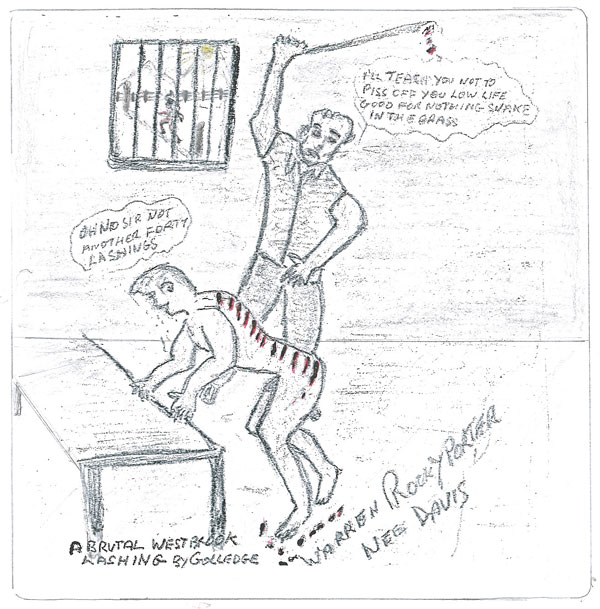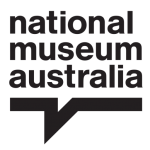by Adele Chynoweth on 27 October, 2011
Listen to author Al ‘Crow’ Fletcher talk about his experiences at Westbrook Farm Home for Boys.
Al joined Adele Chynoweth at the National Museum of Australia in Canberra on 1 September 2011. He is the author of Brutal: Surviving Westbrook Boys Home by Al Fletcher as told to Cheryl Jorgensen.
Hear Al Fletcher’s perspective as a survivor or read the transcript on the National Museum website.




